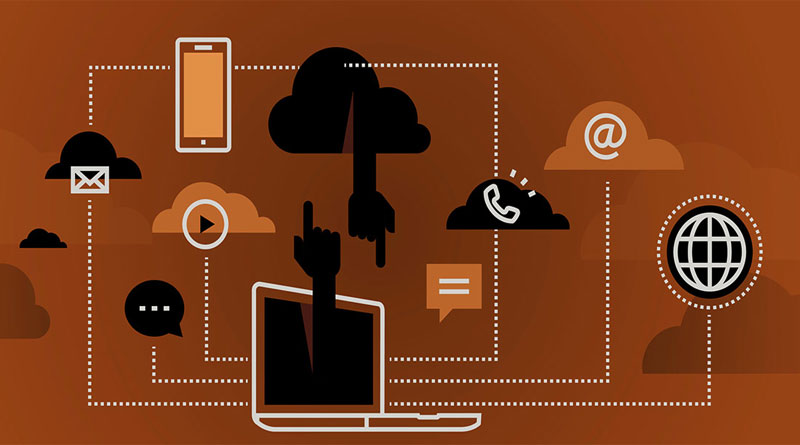Enterprise Resource Planning or as we frequently call it ERP is business and management related software. ERP became hot in 1990’s when the prospect of the Y2K bug was bothering every company and they replaced their old age back-office systems with this new enterprise resource planning (ERP) suites that were intended to provide the whole package of payroll, invoicing, HR, logistics, supply chains, general ledger and more. In layman’s language, ERP is a software which collects, stores, manage and interpret data from multiple business activities. ERP’s software market globally will have a business of around $41.69 billion by 2020.
Next comes SaaS, it is a software licensing and delivery model in which software is licensed on a subscription basis and centrally hosted. SaaS has a common delivery model for all business applications and they provide their service along with their package.
Today we will be drawing comparisons and relations between SaaS and ERP systems.
SaaS is easier to setup than ERP, it just needs the organization to install the software & get the license & its benefits are ready to leverage for business use. However, ERP needs to have its own servers on which it is deployed. With Complex architecture, ERP is relatively costlier, hence Small Business Ventures prefer SaaS over ERP. From architecture and cost point of view, SaaS scores above ERP.
However, there are some major advantages of ERP. Since it is installed on your company servers, you own the software, you can customize & use it the way you want. ERP is flexible with the needs of the company. You can have it integrated and configured wherever and however you’d like. SaaS comes with their pre-packaging tools and cannot be altered once you have purchased the license.

Source of image – alliedmarketresearch.com
Flexibility amounts to the level of control. Small sized companies do not have control over SaaS & they are fine with it as their overall business gets managed with functions that SaaS provides. The problem creeps in when the business is huge. For large and medium-sized companies, there are various factors to be looked at & sooner or later, they’d need their software to meet their requirements. Hence, having control over business-management software is supremely important. The larger stakes and turnover cannot be handled with services that SaaS provides. The diagram clearly depicts the budget of a small business

Source of image – Medium.com
Now if SaaS cannot be customized, the organization will have no technical issues that can emerge on the change of software. While in ERP, if we do some customization on the servers, they are bound to have some or the other technical errors. To have this situation under control, you need engineers who have a development background in ERP systems. This again increases the cost if you go for ERP, as SaaS is basically software as a service. Service is packaged along with software. This is a boon for smaller-sized companies.
Since SaaS is not installed on the organization’s servers, it is dependent on the web. If the internet goes down, the service goes with it. However in ERP, it does require internet reliability if the users are accessing the software via company’s network.
You’d have surely got the hint that ERP comes with massive budgets and schedules. Hence the market in the recent past had gone down. However, the organizations quickly realized the benefits of ERP in its absence and hence ERP has dominated the market in full bloom now. According to the analysts, this time it will continue to thrive. In recent days the transactions have becomes more complex and geographically diverse, hence we need a hulk like ERP to handle all complexities.
It is perceived, this is the best time to go for an ERP system as due to the market slowdown, one can get the software in almost one third or two third of the cost in normal market conditions.

Source of image – techcrunch.com
Using Techcrunch’s Scale SaaS Index, they identified the revenue multiple for all SaaS companies from 2004 to 2015, then plotted the median multiples over time. SaaS is also here to stay. Thanks to millions of startup which are booming per day. According to the forecast, SaaS will hit $250 billion by 2017.
With an increasingly mature SaaS market in terms of customer base, tech infrastructure, and distribution channels, two trends seem to contradict each other: on one hand it’s getting harder to build a scalable business due to the increasing competition but on the other hands we’re seeing an increasing number of “micro SaaS businesses” emerge.
As per your business module, turnover and risks, your organization should choose which one of these is better for your business. Do leave your questions & reviews in the comments :)
I’m a digital marketing and business optimization professional at SoftwareSuggest, who loves technology and its impact on business. Would love to Help You Paint a Canvas for your Biz & Your Life! I like to do research about CRM and Marketing services in my spare time.

